The commercialization of Valentine’s Day taxes America
The history of how Valentine’s day once originated in bleak comparison to its current state.
February 16, 2023
In the festival of Lupercalia, Luperci priests would gather in a sacred cave, sacrifice a goat and a dog, dip strips of goat hide in the blood, and take to the streets, gently slapping both women and crops with the hide. This was welcomed as a blessing of fertility for the coming year. This ceremony took place on the ides of February, or Feb. 15. This was Valentine’s Day.
History is murky. There are thousands of accounts and many different perspectives on views. According to history.com, Valentine’s Day could either be celebrating the anniversary of the death of St. Valentine in 270 A.D., or the Christianization of the pagan ceremony of Lupercalia.
It wasn’t until the fourteenth century that the romantic nuance of the holiday began. And by the late 1700s, commercial Valentine cards were being printed and distributed, according to Encyclopedia Britannica.
This is where commercialization began. In the 1800s, Esther Howland can be credited as “The Mother of the American Valentine,” according to the American Antiquarian Society. She grossed about $100,000 (about $23.5 million in today’s terms, with inflation).
In 2023, Valentine’s Day consumerism is expected to increase 9.9%, up from $23.9 billion in 2022, to an expected $25.9 billion in 2023, in a report by the National Retail Federation. This 110,000% increase in spending raises questions. Is Valentine’s Day even Valentine’s Day anymore? When did romance become an expense?
From sacrificial goat ceremonies, to handwritten letters, to flowers, cards, and teddy bears, it is important to keep in mind that St. Valentine is the patron saint of love and young people, and that love doesn’t need to be material.
So as you are receiving your cards and chocolate, remember the economic impact it has had in America, but be grateful that it’s not a bloody goat hide.





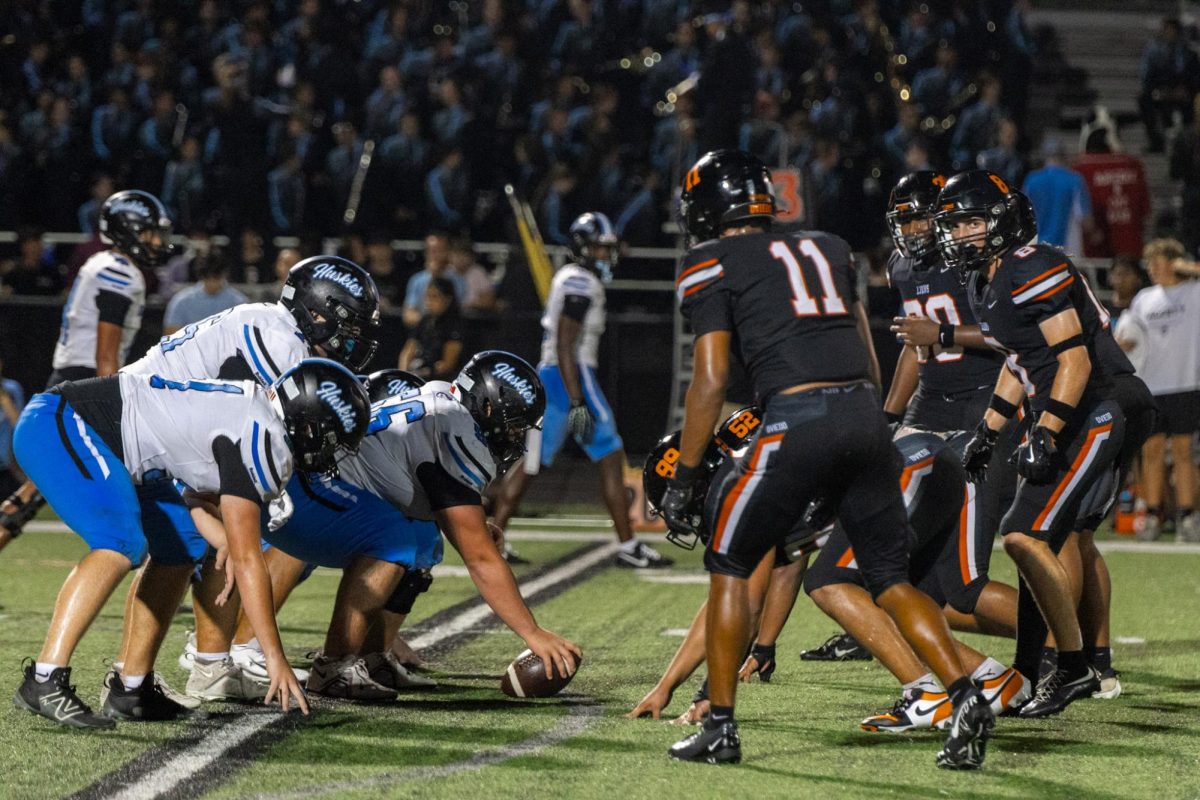


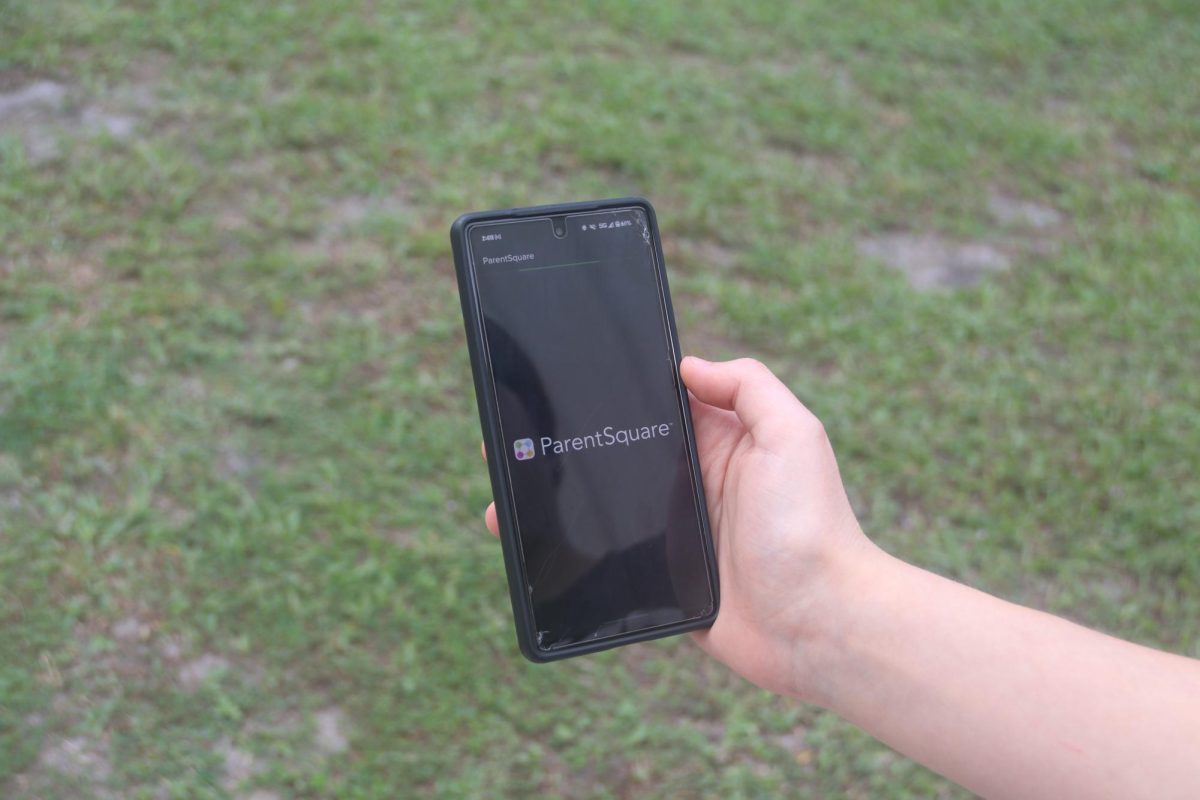


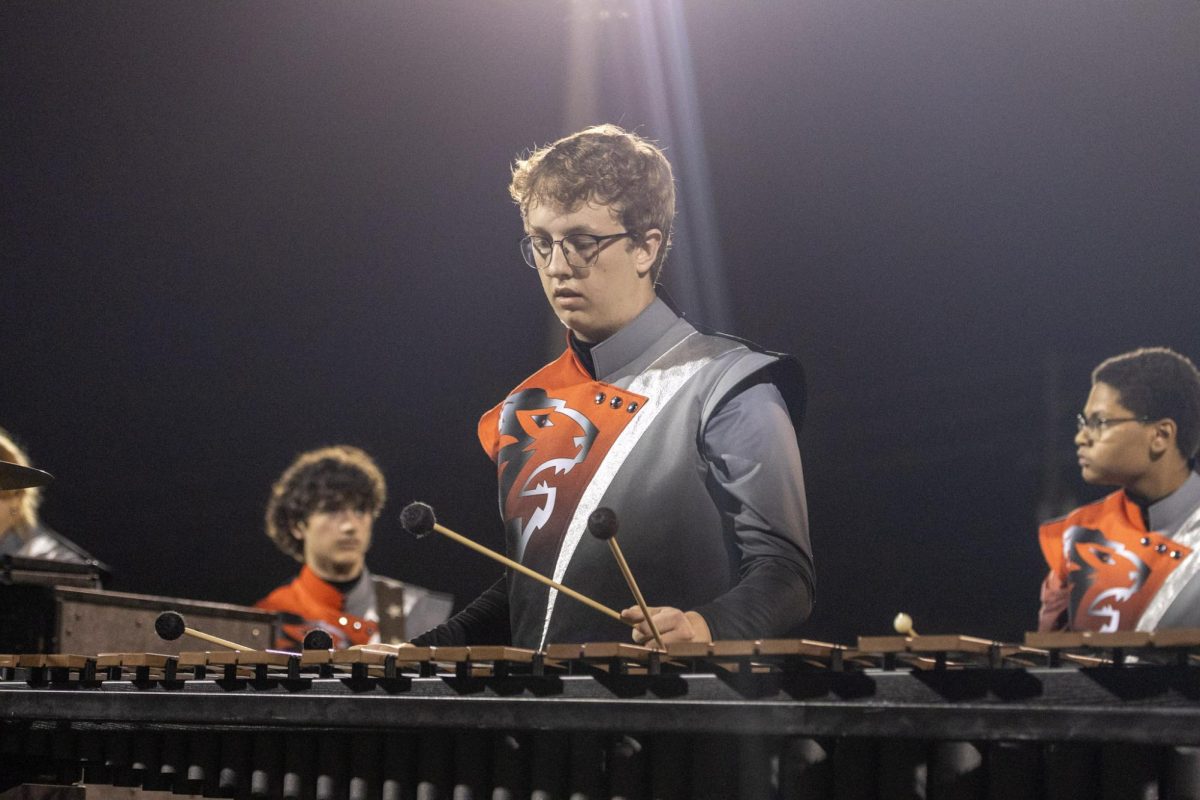
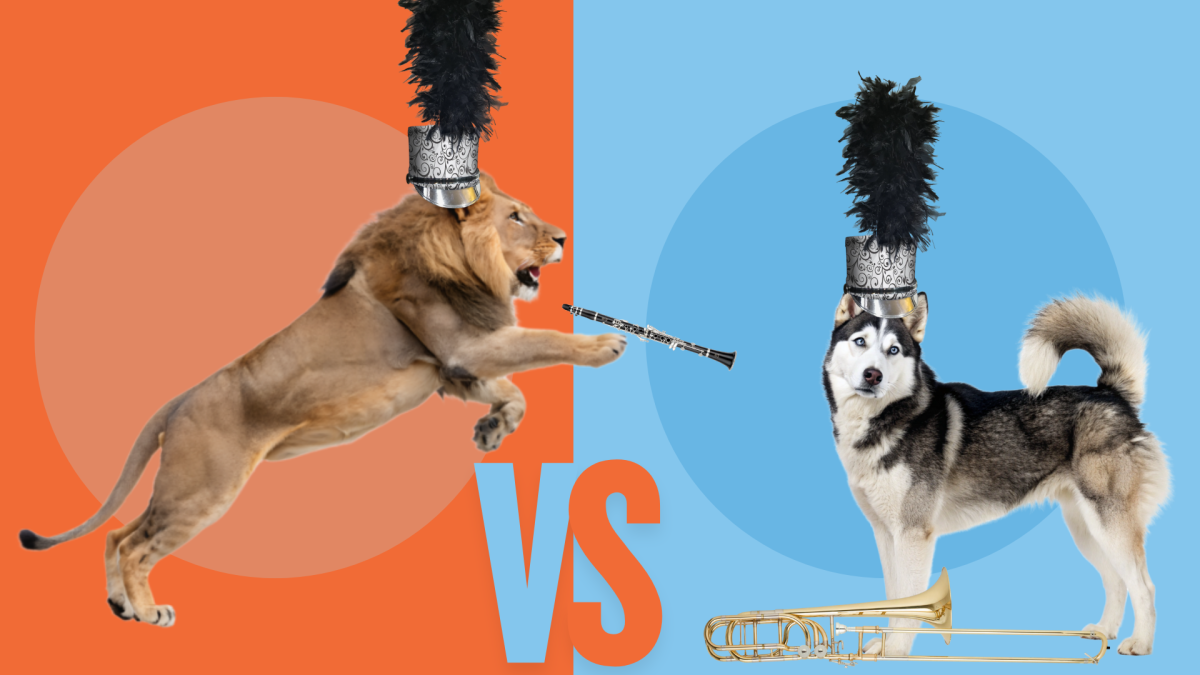













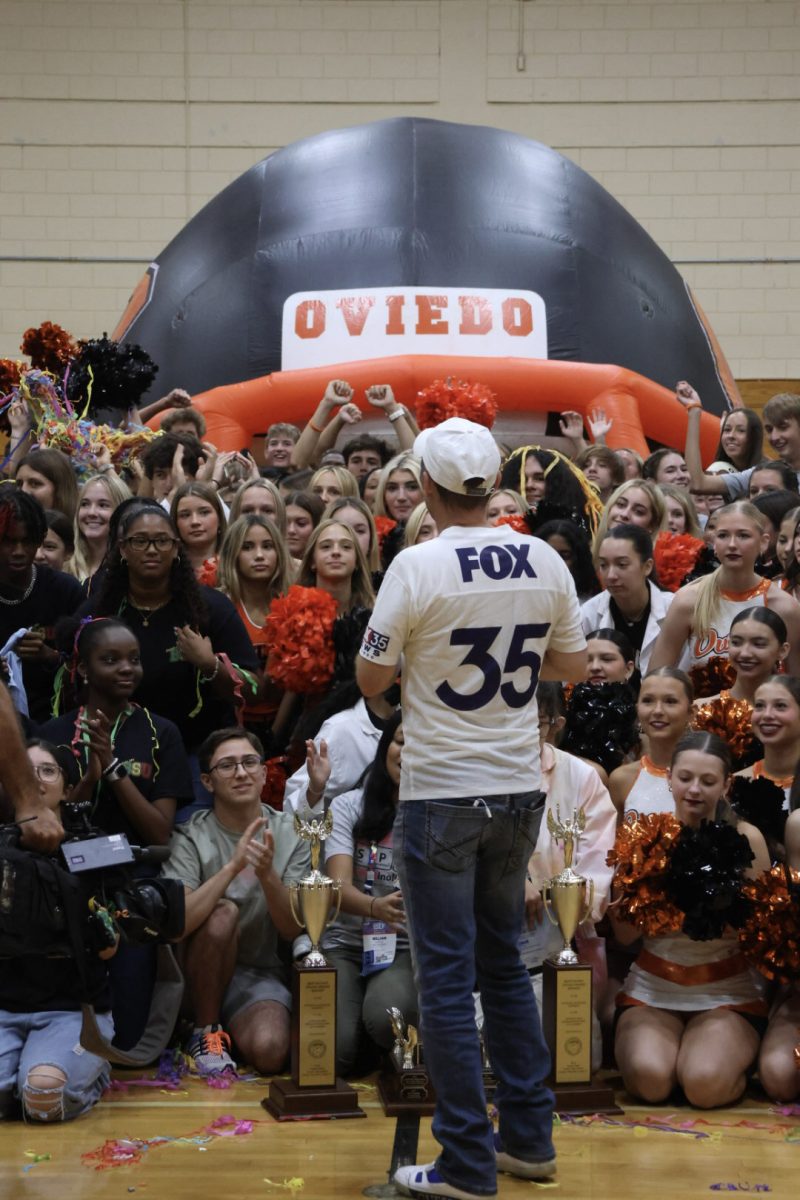





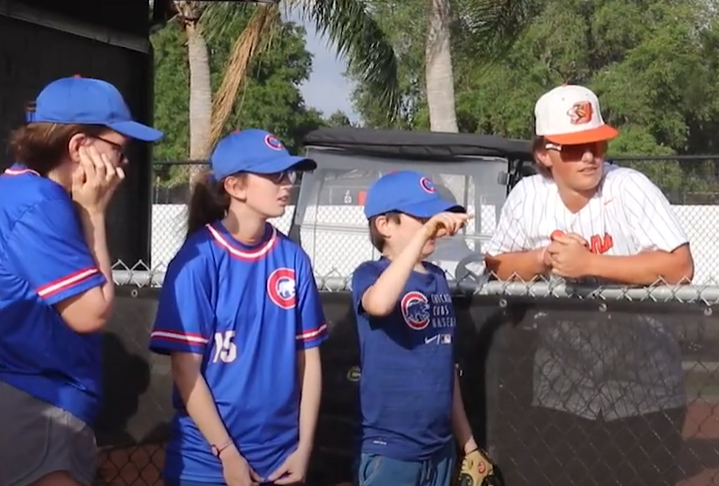

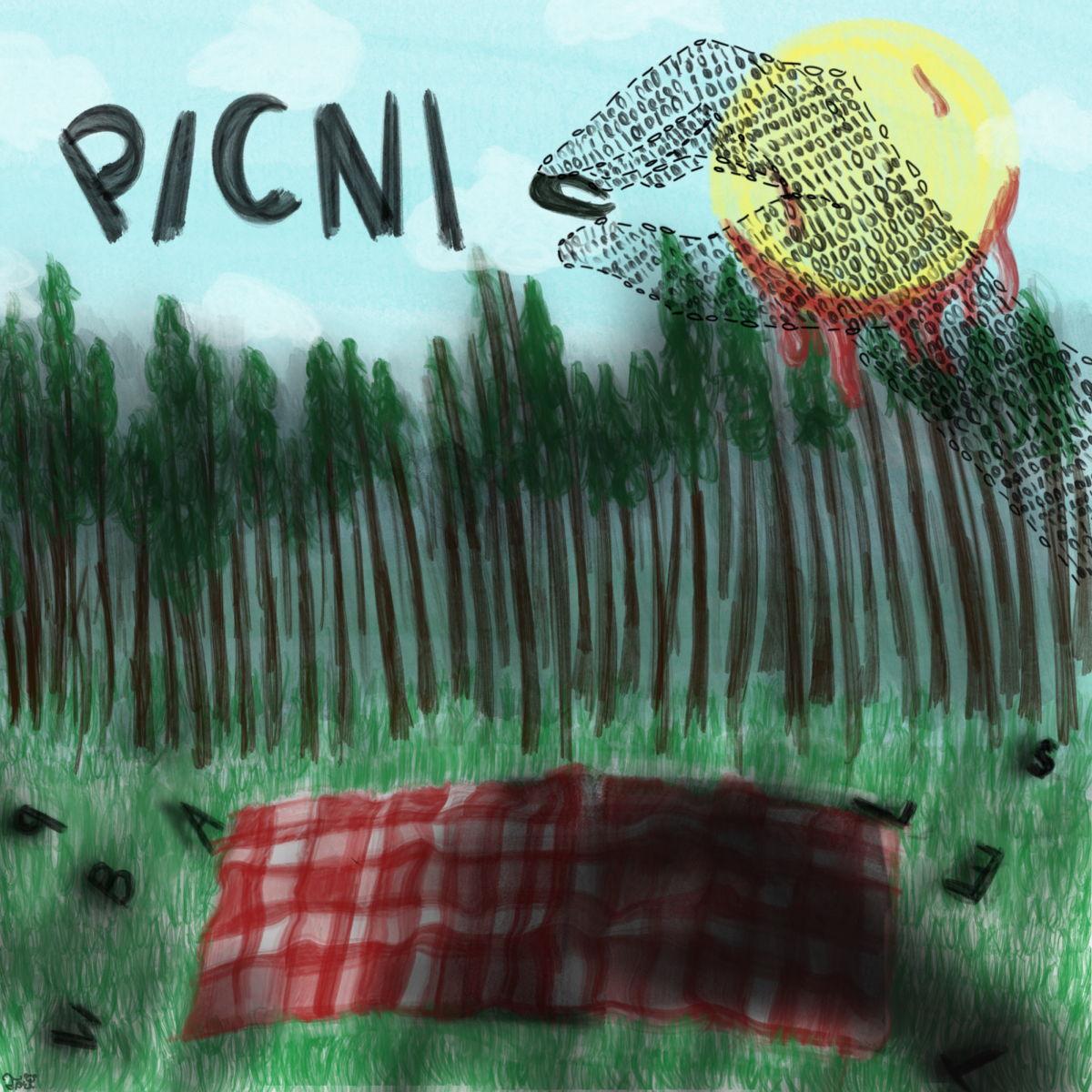



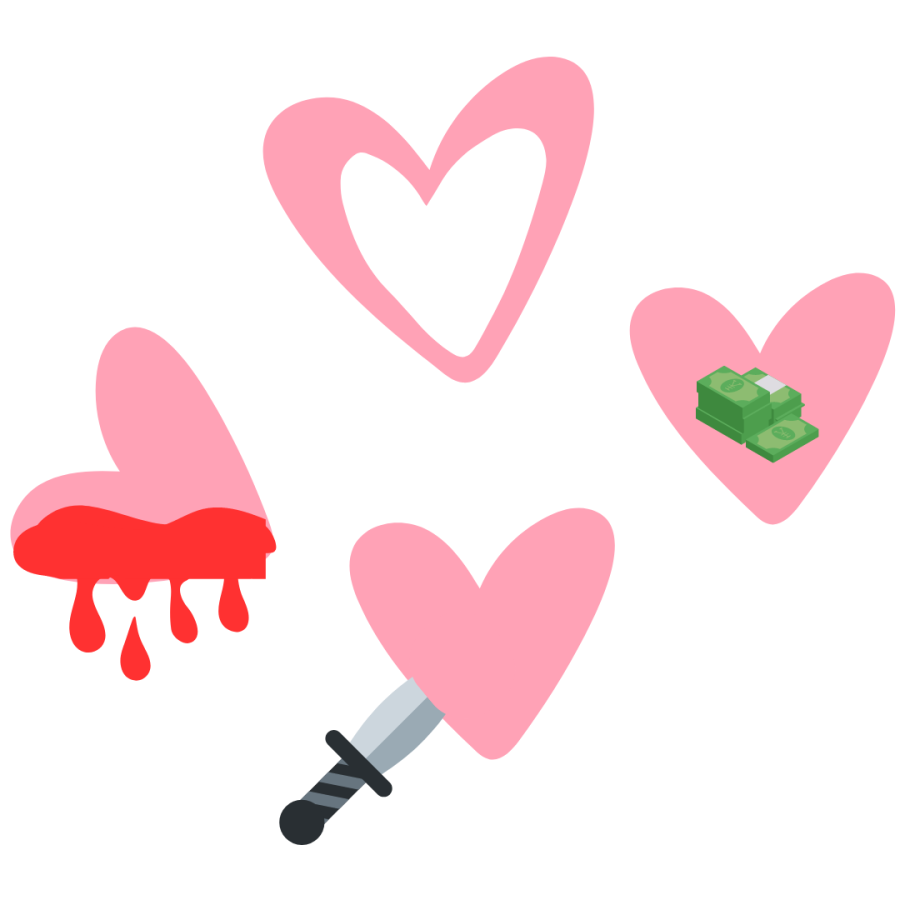





Haley West • Mar 4, 2023 at 11:47 AM
I enjoyed reading this piece and learning about the origins of Valentine’s. I think it’s crazy just how much money goes into a holiday that is supposed to be about spreading love to those you care about. I like how Maddy says that “love doesn’t need to be material”. I agree with her statement because I feel like Valentine’s is a good way to show you care about someone but I don’t believe you need to be spending a ton of money to show it.